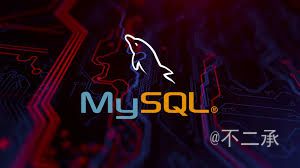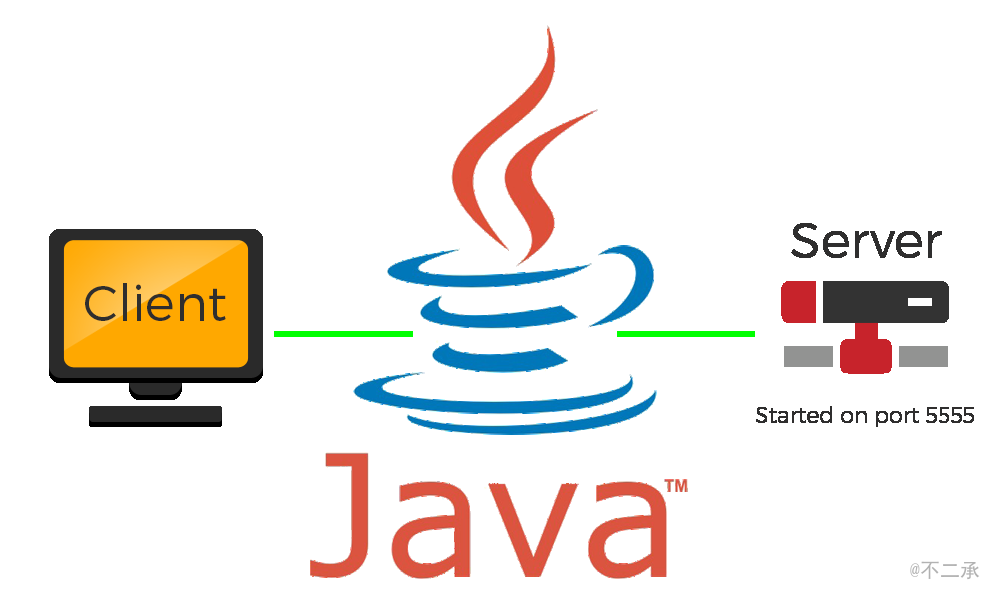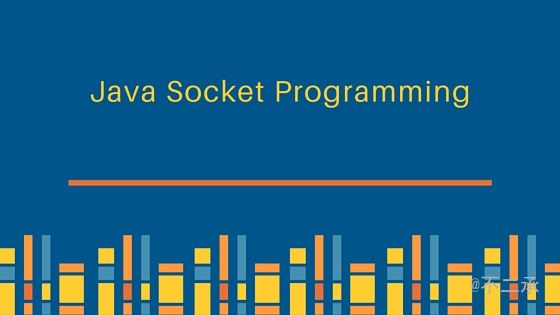Lambda的使用前提
函数式接口
The functional interface is an interface (not a class or enum) with a single abstract method (SAM type). Static and default methods are allowed here.
函数式接口是一个只有单一抽象方法的接口(不是类或枚举类型)。静态方法和默认方法允许出现在函数式接口中。
There is a special annotation @FunctionalInterface in The Java Class Library. It marks functional interfaces and indicates if the interface doesn’t satisfy the requirements of a functional interface (compile-time error). The annotation is not mandatory but it’s recommended to mark functional interfaces.
Java类库中指定了注解**@FunctionalInterface** 来标识函数式接口,使用此注解后不是函数式接口的接口将会出现编译期错误。此注解不是必须的,但建议用来标识函数式接口。
1 |
|
这是一个泛型函数式接口。只有一个实例方法apply。
The interface represents a function (in the math sense). The function has an instance method apply which takes a value of type T and returns a result of type R.
这个接口代表一个函数(数学意义上的)。这个函数有一个实例方法,该方法接收一个泛型T的值,返回一个泛型R的值。
The functional interface is another way to model functions using object-oriented programming instead of methods.
实现函数式接口
We can’t create an instance of the functional interface Func<T, R> because it’s an interface. First, we should implement it and then create an instance of the concrete class. The main thing is to implement the apply method to get a concrete behavior.
我们不能直接实例化函数式接口,因为它是一个接口。首先,我们需要用一个实现类实现这个接口,然后创建一个实现类的实例。主要的事情就是实现apply方法得到具体行为。
Like any interface, a functional interface can be implemented using regular inheritance or anonymous classes.
匿名内部类
To implement a functional interface let’s create an anonymous class and override the method apply. The overridden method calculates the square of a given value.
1 | new Func<Long,Long> square = new Func<Long,Long>(){ |
Lambda表达式
1 | new Func<Long,Long> square = val -> val * val; |
Lambda表达式作为参数传给方法
It’s possible to pass a lambda expression to a method if the method takes an object of type a suitable functional interface.
Here is an example. The method acceptFunctionalInterface takes an object of the standard type Function<Integer, Integer>.
1 | public static void acceptFunctionalInterface(Function<Integer, Integer> f) { |
Let’s pass some functions in the method:
1 | // it returns the next value |
Inside the method acceptFunctionalInterface, the given function will be invoked. In enterprise programming, it is often called the callback.
According to Wikipedia: “a callback is a piece of executable code that is passed as an argument to other code, which is expected to call back (execute) the argument at some convenient time.”
In other words, in Java, we can pass our functions (presented by objects) in a method/function as its arguments.
Note. In functional programming, a function (including methods in Java) that accepts or returns another function is called a higher-order function. A lot of features such as function composition, currying, monads, and some others are based on this idea.
Usage of closures
In the body of a lambda expression, it’s possible to capture values from a context where the lambda is defined. This technique is called closure.
Let’s see an example.
1 | final String hello = "Hello, "; |
The lambda expression captured the final variable hello.
The result of this code.
1 | Hello, John |
It’s possible only if a context variable has a keyword final or it’s effectively final, i.e. variable can’t be changed. Otherwise, an error happens.
Let’s consider the example with an effectively final variable.
1 | int constant = 100; |
The variable constant is effectively final and being captured by the lambda expression.
Note. If we use anonymous classes instead of lambdas, we can do the same tricks.
Lambda的语法非常简洁,完全没有面向对象复杂的束缚。但是使用时有几个问题需要特别注意:
- 使用Lambda必须具有接口,且要求接口中有且仅有一个抽象方法。
无论是JDK内置的 Runnable 、 Comparator 接口还是自定义的接口,只有当接口中的抽象方法存在且唯一
时,才可以使用Lambda。 - 使用Lambda必须具有上下文推断。
也就是方法的参数或局部变量类型必须为Lambda对应的接口类型,才能使用Lambda作为该接口的实例。
备注:有且仅有一个抽象方法的接口,称为“函数式接口”。
函数式编程思想概述
在数学中,函数就是有输入量、输出量的一套计算方案,也就是“拿什么东西做什么事情”。相对而言,面向对象过
分强调“必须通过对象的形式来做事情”,而函数式思想则尽量忽略面向对象的复杂语法——强调做什么,而不是以
什么形式做。
面向对象的思想:
做一件事情,找一个能解决这个事情的对象,调用对象的方法,完成事情.
函数式编程思想:
只要能获取到结果,谁去做的,怎么做的都不重要,重视的是结果,不重视过程
冗余的Runnable代码
传统写法
当需要启动一个线程去完成任务时,通常会通过 java.lang.Runnable 接口来定义任务内容,并使用
java.lang.Thread 类来启动该线程。代码如下:
1 | package space.buercheng.java.demo05; |
本着“一切皆对象”的思想,这种做法是无可厚非的:首先创建一个 Runnable 接口的匿名内部类对象来指定任务内
容,再将其交给一个线程来启动。
代码分析
对于 Runnable 的匿名内部类用法,可以分析出几点内容:
- Thread 类需要 Runnable 接口作为参数,其中的抽象 run 方法是用来指定线程任务内容的核心;
- 为了指定 run 的方法体,不得不需要 Runnable 接口的实现类;
为了省去定义一个 RunnableImpl 实现类的麻烦,不得不使用匿名内部类;
必须覆盖重写抽象 run 方法,所以方法名称、方法参数、方法返回值不得不再写一遍,且不能写错;
而实际上,似乎只有方法体才是关键所在。
编程思想转换
改用更优的Lambda表达式
借助Java 8的全新语法,上述 Runnable 接口的匿名内部类写法可以通过更简单的Lambda表达式达到等效:
1 | package space.buercheng.java.demo05; |
这段代码和刚才的执行效果是完全一样的,可以在1.8或更高的编译级别下通过。从代码的语义中可以看出:我们
启动了一个线程,而线程任务的内容以一种更加简洁的形式被指定。
不再有“不得不创建接口对象”的束缚,不再有“抽象方法覆盖重写”的负担,就是这么简单!
匿名内部类回顾
使用实现类
要启动一个线程,需要创建一个 Thread 类的对象并调用 start 方法。而为了指定线程执行的内容,需要调用
Thread 类的构造方法:
public Thread(Runnable target)
为了获取 Runnable 接口的实现对象,可以为该接口定义一个实现类 RunnableImpl,然后创建该实现类的对象作为 Thread 类的构造参数。
使用匿名内部类
这个 RunnableImpl 类只是为了实现 Runnable 接口而存在的,而且仅被使用了唯一一次,所以使用匿名内部类的
语法即可省去该类的单独定义。
匿名内部类的好处与弊端
一方面,匿名内部类可以帮我们省去实现类的定义;另一方面,匿名内部类的语法——确实太复杂了!
语义分析
仔细分析该代码中的语义, Runnable 接口只有一个 run 方法的定义:
public abstract void run();
即制定了一种做事情的方案(其实就是一个函数):
- 无参数:不需要任何条件即可执行该方案。
- 无返回值:该方案不产生任何结果。
- 代码块(方法体):该方案的具体执行步骤。
同样的语义体现在 Lambda 语法中,要更加简单:
() -> { System.out.println("重写了run方法");}
- 前面的一对小括号即 run 方法的参数(无),代表不需要任何条件;
- 中间的一个箭头代表将前面的参数传递给后面的代码;
- 后面的输出语句即业务逻辑代码。
Lambda语句标准格式
Lambda省去面向对象的条条框框,格式由3个部分组成:
- 一些参数
- 一个箭头
- 一段代码
Lambda表达式的标准格式为:
(参数类型 参数名称) ‐> { 代码语句 }
格式说明:
小括号内的语法与传统方法参数列表一致:无参数则留空;多个参数则用逗号分隔。
-> 是新引入的语法格式,代表指向动作。
大括号内的语法与传统方法体要求基本一致
代码演示
示例1:无参无返回
给定一个厨子 Cook 接口,内含唯一的抽象方法 makeFood ,且无参数、无返回值。如下:
1 | public interface Cook { |
在下面的代码中,请使用Lambda的标准格式调用 invokeCook 方法,打印输出“吃饭啦!”字样:
1 | public class InvokeCook { |
1 | package space.buercheng.java.demo06; |

示例2:有参有返回
给定一个计算器 Calculator 接口,内含抽象方法 calc 可以将两个int数字相加得到和值:
1 | public interface Calculator { |
在下面的代码中,请使用Lambda的标准格式调用 invokeCalc 方法,完成120和130的相加计算:
1 | public class Demo08InvokeCalc { |
1 | public class TestLambda { |
Lambda省略格式
省略规则
在Lambda标准格式的基础上,使用省略写法的规则为:
- 小括号内参数的类型可以省略;
- 如果小括号内有且仅有一个参,则小括号可以省略;
- 如果大括号内有且仅有一个语句,则无论是否有返回值,都可以省略大括号、return关键字及语句分号(三个要一起省略)。
代码演示
示例1:
1 | package space.buercheng.java.demo06; |

示例2
1 | package space.buercheng.java.demo04; |






